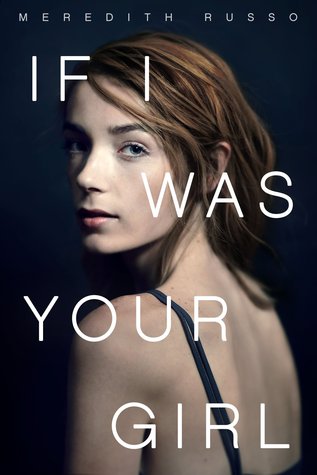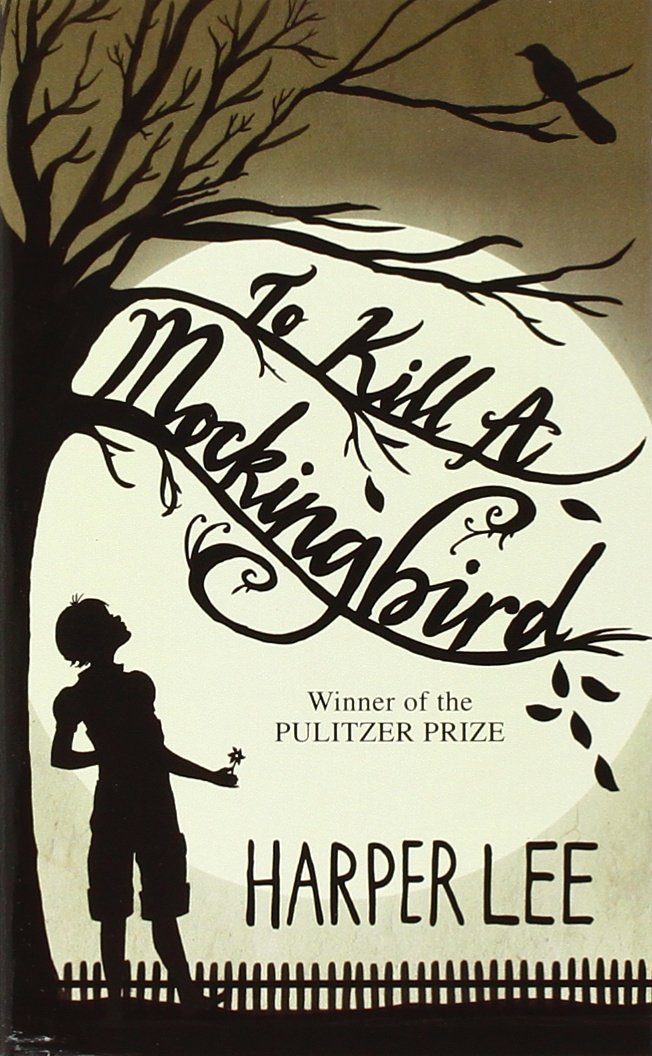Cover:
Bibliographic
Information:
Title: If I Was Your Girl
Author: Meredith Russo
ISBN: 978-1250078407
Publisher: Flatiron Books
Copyright: 2016
Reader’s
Annotation:
Sometimes, your very life and safety, depends on
keeping who you are a secret.
Summary:
After having had a difficult time in her last
school, Amanda now finds herself moving in with her father, a man who has not
been around much lately, and starting a new school. Part of the reason Amanda had such a hard
time at her last school is she came out as trans, and began transitioning. Now, at a new school, she has a fresh start,
a chance to make new friends, and to be herself without her past overshadowing
her. Amanda meets a boy named Grant and
they begin dating. She tries to tell him
about herself in the form of a letter, but he tears it up, saying it does not
matter. When jealous prompts one of
Amanda’s friends to out her to the whole school at a dance, the peaceful
sanctuary Amanda has built for herself in this new place is destroyed.
Critical
Evaluation:
While this book contains aspects of various YA
genres (contemporary realistic fiction, romance, drama), I am focusing on it as
an LGBT title, simply because this book inhabits such a unique space within
that genre. Amanda is a trans female,
who has transitioned in high school. As
a character, Amanda is very unique, and genuine. She talks openly of her struggle to accept
her gender identity, back when she was still known as Andrew, including a past
suicide attempt. It is so important for
teens to see characters like Amanda in YA literature. Her experience as a trans female is presented
in a way that is honest, including the dark parts, without being fetishized.
The setting of the book is Texas, which certainly
has an impact on the story. In one
scene, Amanda goes to church with one of her friends. Amanda has to prove that she is a good
Baptist by talking about her favorite Bible passages. In such a religious environment, Amanda is
even more at risk as a trans female. The
setting adds another layer of difficulty to Amanda’s situation.
An important aspect of the story is how people in
Amanda’s life deal with her gender identity.
Some people, mostly the other females in the story, are fine with the
situation, supportive even. It is the
males in the story, such as Amanda’s father or the boys at school, who have
greater difficult with it. I think this
speaks to the underlying misogyny that accompanies transphobia.
In short, Russo has created a work that occupies a
unique, and important, place in YA LGBT literature. Her experience as a trans woman shows through
in her writing, especially in the authentic voice she has given to the
character of Amanda.
Author
Biography:
Meredith Russo is a trans woman from Chattanooga,
Tennessee, where she currently lives. She is a mother to two wonderful
children, an incorrigible geek, and kind of a basket case. You would think,
given her interests, that she'd be writing fantasy door stoppers or hard sci-fi
examinations of the nature of humanity, but for some reason stories about being
queer in the South keep calling out to her. She is the author of If I Was Your
Girl.
Genre(s):
LGBT fiction
Curriculum
Ties:
Pennsylvania State Standard CC.1.3.9-10.KRead and comprehend literary fiction on grade level, reading independently and proficiently.
Booktalk
Ideas:
A discussion on challenges that transgender teens
face
A discussion on how transgender rights are not at
the national forefront
Reading
Level:
Lexile 770
Interest
Age:
14 and up
Challenge
Issues: Could be
challenged based on scenes involving teen substance use, violence, and teen
sexuality.
If
this book were challenged I would:
· Listen to the concerns of the person
raising the challenge
· Consult the library’s collection
development policy
· Explain how this work meets a library
need based on the collection development policy
· Consult YALSA’s Dealing with Challenges to
Young Adult Materials
· Consult reviews on VOYA, Amazon,
Common Sense Media, and Kirkus
· Discuss any awards or notable
commendations the book received
· Explain the library’s commitment to
intellectual freedom as discussed in the ALA Library Bill of
Rights
· Give the patron the procedure for a
formal challenge should they seek to pursue it
Why
was this book selected:
While YA LGBT literature has vastly improved over
the past 10-15 years, there are still disparities over who is represented in
the literature. Trans people continue to
be underrepresented in YA literature, which is what prompted me to include this
in my collection. Additionally, it was
written by a trans woman, which means not only is an authentic voice presented
in the work, but trans teens see themselves represented not only in the work
but in its creator (additionally, a trans model was used for the cover!). I got a chance to see Meredith speak at the 2016 YALSA symposium, and after that, I knew I had to include this book in my collection for this class.




